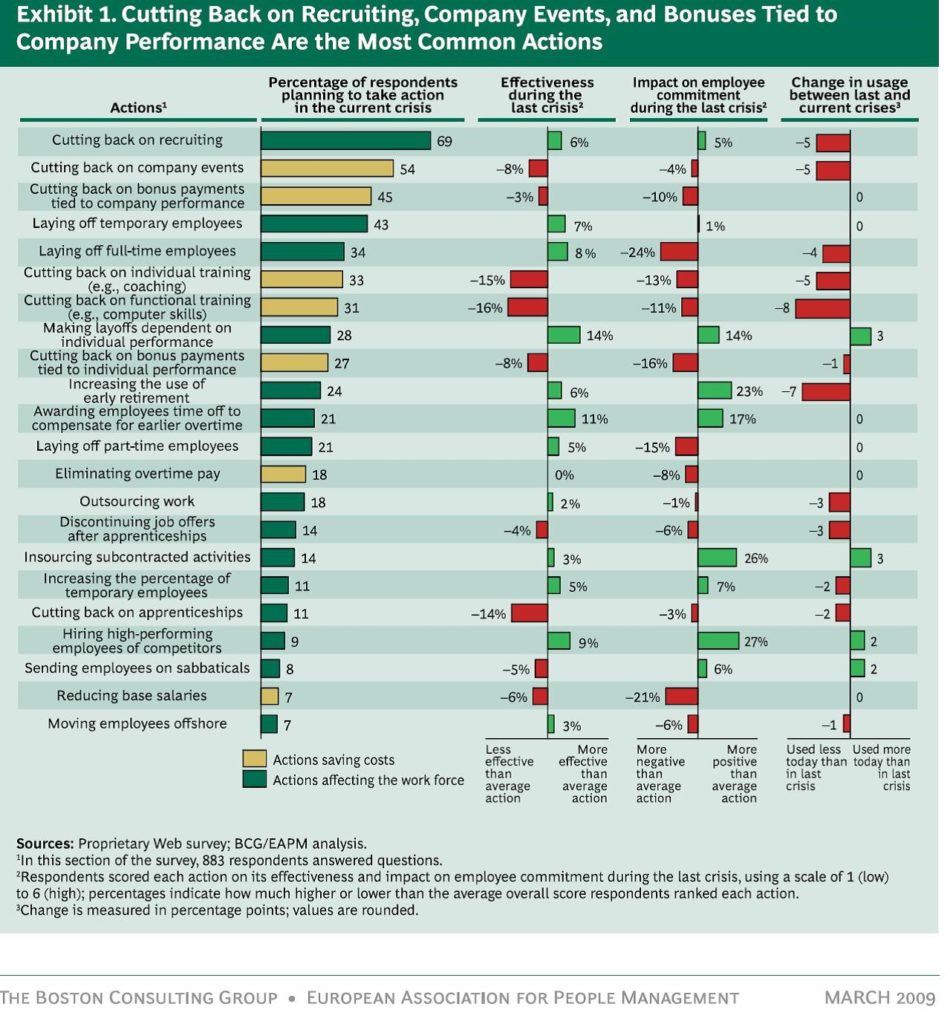
Budgeting for learning right now is tricky, but these tips can help boost your confidence when doing so.
by Josh Jenkins
June 4, 2020
Despite what is going on in the world, we all still have learning objectives and sales metrics that we need to hit. Meeting these objectives often require resources both internally and externally — budget, learning content, time, personnel and leadership buy-in are also key components.
At SNI we often get asked: How do you make the internal ask? Negotiations can be tense and unnerving — even in the best of economic times. When uncertainty is abundant but budget is not, tensions can multiply exponentially.
What Could Go Wrong?
It is human nature to focus on what could go wrong. At a recent virtual exchange with chief learning officers, directors of learning and development, sales enablement professionals and learning leaders, we discussed this exact topic. We started by acknowledging the trepidation or fears around negotiating.

In our session, poll results indicated that a fear of fracturing the relationship that learning leaders have with business leaders and/or those with budget authority within their company led the way, understandably, as these are important internal stakeholders you are trying to influence. To ensure you don’t, look for points of agreement, use objective standards, show a willingness to think creatively and increase the involved parties of all parties. These four key elements will increase confidence when making the ask internally.
Look for Points of Agreement
When you first begin a dialogue, you’re looking to create momentum and get small yeses. Do we agree that people are currently underutilized? Do we agree that generally our teams do not have time, or are perceived not to have time, for training? Do we believe great training can provide an ROI? Internally there does not need to be a winner or loser, especially in collaborative negotiation. We must establish common ground by acknowledging that we are all in this situation together and that whether in-person, virtual or asynchronous, we need to be in front of our team right now.
Utilize Objective Standards
Consider leveraging this Boston Consulting Group graphic or others from previous recessions to help support your case by showing real hard evidence. Keep in mind who you are looking to persuade (know your audience) — some people want to see more data than others. Another option is to use other companies of your size or industry as benchmarks — what does the average Fortune 1000 firm spend on training? By using documented proof in the BCG graphic and social proof with regard to what other firms spend, you can appeal to both the logical and emotional sides of your colleagues. Keep in mind that people make decisions emotionally and justify them rationally, so use this to help support your case, not to build it.

Be Creative
This is the time to try new things. We have seen tremendous success with online training that is truly interactive — live training with simulations, breakout rooms, polling and real-time coaching. If done well, these sessions can open people’s eyes to how good online training can be, and all of a sudden plan B can become plan A. Leverage the spatial learning capabilities of online — for example, a 75-minute session every week for four weeks rather than one day of training — to allow people to digest and then try, followed by coaching. This also means no travel expenses and better training, all while leveraging this time where perhaps people cannot be quite as productive with the “wait and see” mentality that is currently so pervasive.
Increase the Pie
Look to get more parties involved, especially senior leadership. Involving them in the buildout, creation or deployment of training not only increases the likelihood of success but also their willingness to support learning objectives. But don’t focus solely on senior leaders — use this time to “de-silo” and connect with other business units. There is a good chance that your sales training could also be beneficial to procurement teams. A pitfall of so many training sessions is when individual contributors receive a training without any pull-through or reinforcement. This is a great time to engage middle management and employ them to become both advocates and coaches.
One Last Tip
Once you fully understand what your ask is, we advise scripting out your ask to increase confidence! We often see individuals begin to negotiate against themselves; a project that costs $100,000 and requires 30 project management hours often results in an ask like, “We would need around $100,000 in budget, or whatever budget we haven’t exhausted or frozen, and some PM support … but worse-case scenario, I can take on the extra work. Any chance that would work?” This is very different from, “This project would cost $100,000 and require 30 project management hours, based on the extensive preparation we have done. This project would provide one of the highest ROI of all of the options we have available at this time. What does the decision-making process for this look like?”




